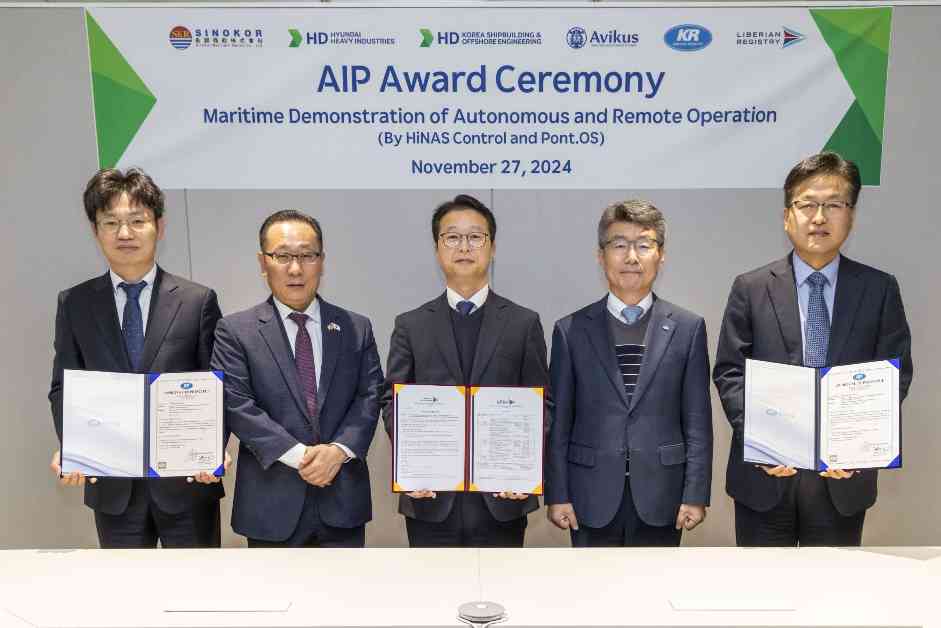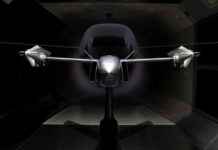Hyundai’s Autonomous Navigation Breakthrough
Hyundai has reached a significant milestone in the field of autonomous navigation with the successful integration of cutting-edge technology on an 8,000 TEU container ship. This breakthrough marks a crucial step towards the commercialization of Level 3 autonomous navigation, bringing us closer to a future where vessels can operate remotely without the need for onboard crew members.
Approval in Principle (AIP) for Hyundai’s autonomous systems was granted by both the Korean Register (KR) and the Liberian International Ship & Corporate Registry (LISCR), solidifying the company’s position as a leader in innovative maritime technology. The demonstration showcased the HiNAS Control navigation solution developed by Avikus, a subsidiary of HD Hyundai, along with an in-house remote control system.
Levels of Autonomous Navigation
Hyundai’s trial demonstrated various capabilities of autonomous navigation, including remote steering, speed control, and mechanisms to handle communication delays, unexpected events, and cyber threats. The company also successfully executed the first-ever seamless control transfer between multiple Remote Operation Centers (ROC) located in Ulsan and Seongnam, ensuring continuous remote operations during extended voyages.
Regulatory Approval and Safety Measures
The demonstration was conducted under the conditional approval of Korea’s Regulatory Sandbox Project, allowing for testing in compliance with local maritime laws. The trial included complex maneuvers from the ROC and collision avoidance in congested areas, highlighting the importance of validating the safety and functionality of remote control and autonomous navigation systems.
Expert Endorsement and Future Implications
Officials from KR and LISCR praised Hyundai’s remote control technology, emphasizing its crucial role in the commercialization of autonomous vessels. An official from the Korean Register stated, “HD Hyundai’s remote control technology is essential for the commercialization of autonomous vessels, and its safety and reliability have been verified.” Similarly, an official from LISCR highlighted the feasibility of remote control between ROCs through HiNAS Control and the remote control solution, underscoring the valuable Experience Building Phase (EBP) for the realization of autonomous navigation.
As we witness Hyundai’s groundbreaking achievements in autonomous navigation, we are reminded of the endless possibilities that technology offers in reshaping the future of maritime transportation. The seamless integration of autonomous systems not only enhances efficiency and safety but also opens up new horizons for innovation and progress in the shipping industry. Hyundai’s success serves as a testament to the power of human ingenuity and technological advancement in driving us towards a more connected and automated world.
















